The Monk Parakeet is also known as the Quaker Parrot and is native to South America but feral populations have developed in North America and Europe. In North America small groups can be found in many states and they have been seen as far north as New York. In Europe, there is a large population in Spain and there is a colony in Athens, Greece. I have seen these Parakeets in the Houston area but I have not been able to get any quality photographs. The photos in this post were from Barcelona and Malaga, Spain and Athens, Greece. Madrid has the largest population of Monk Parakeets in Europe with around 10,800 and Barcelona has around 6500.
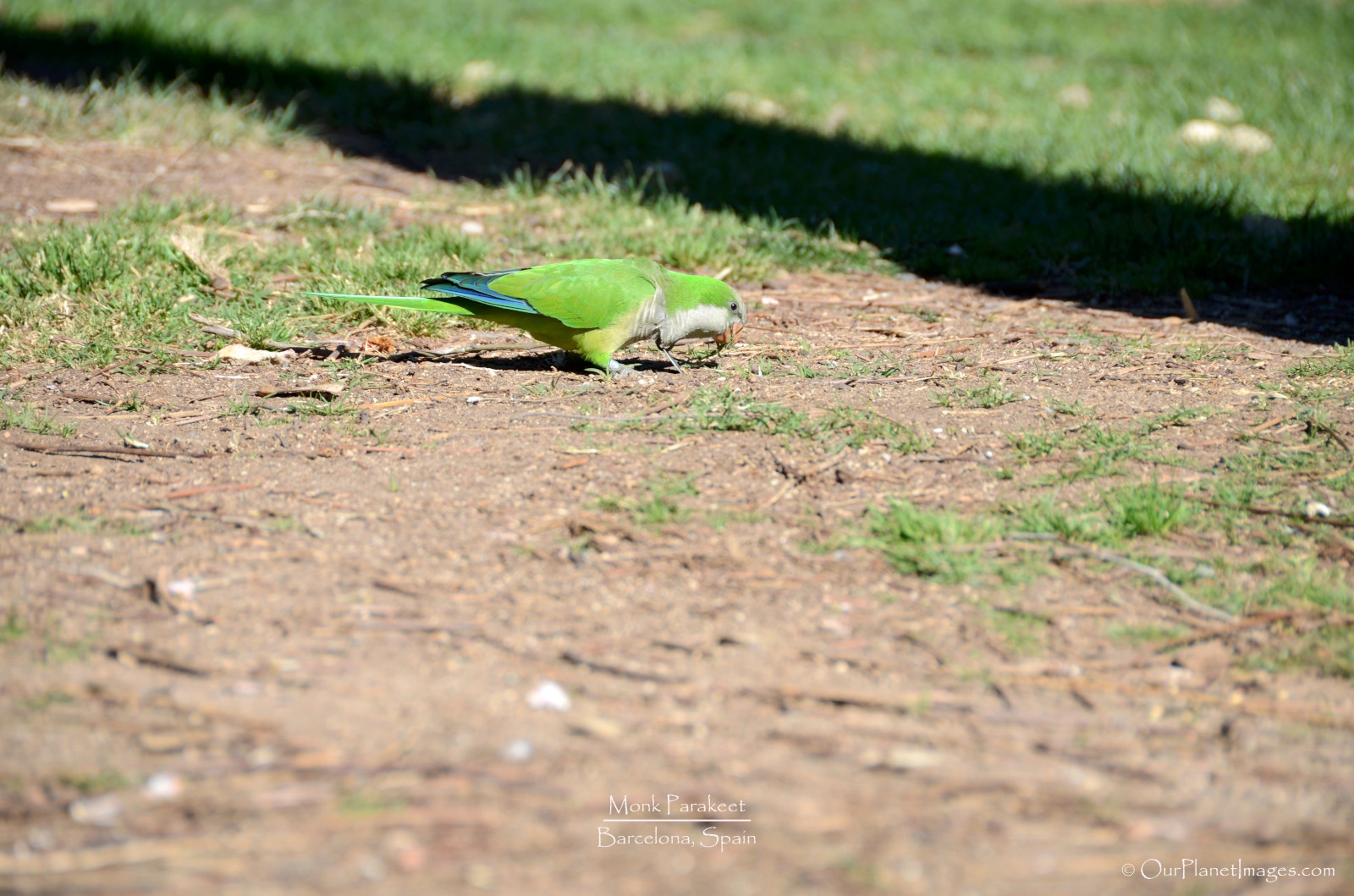
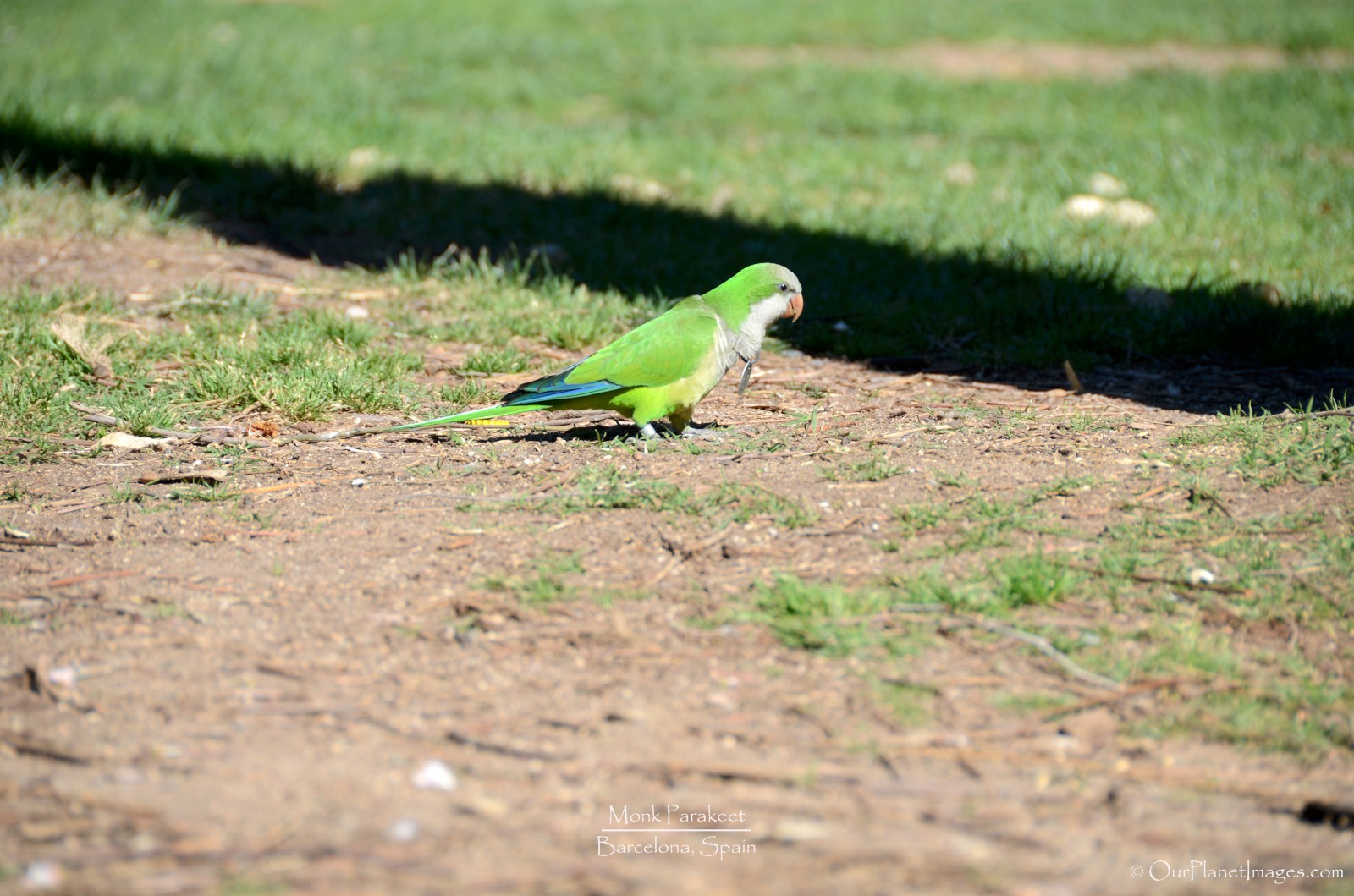
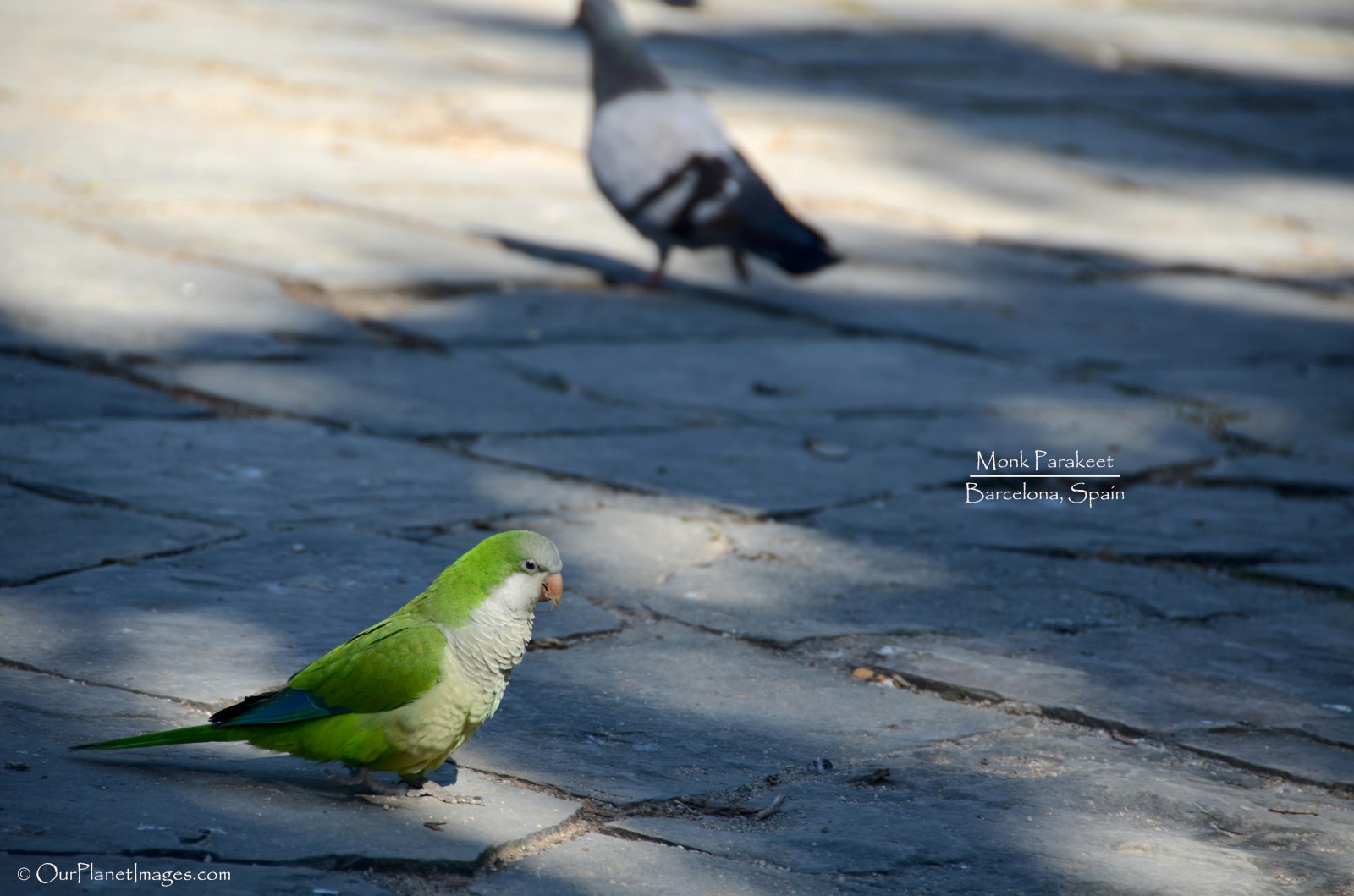
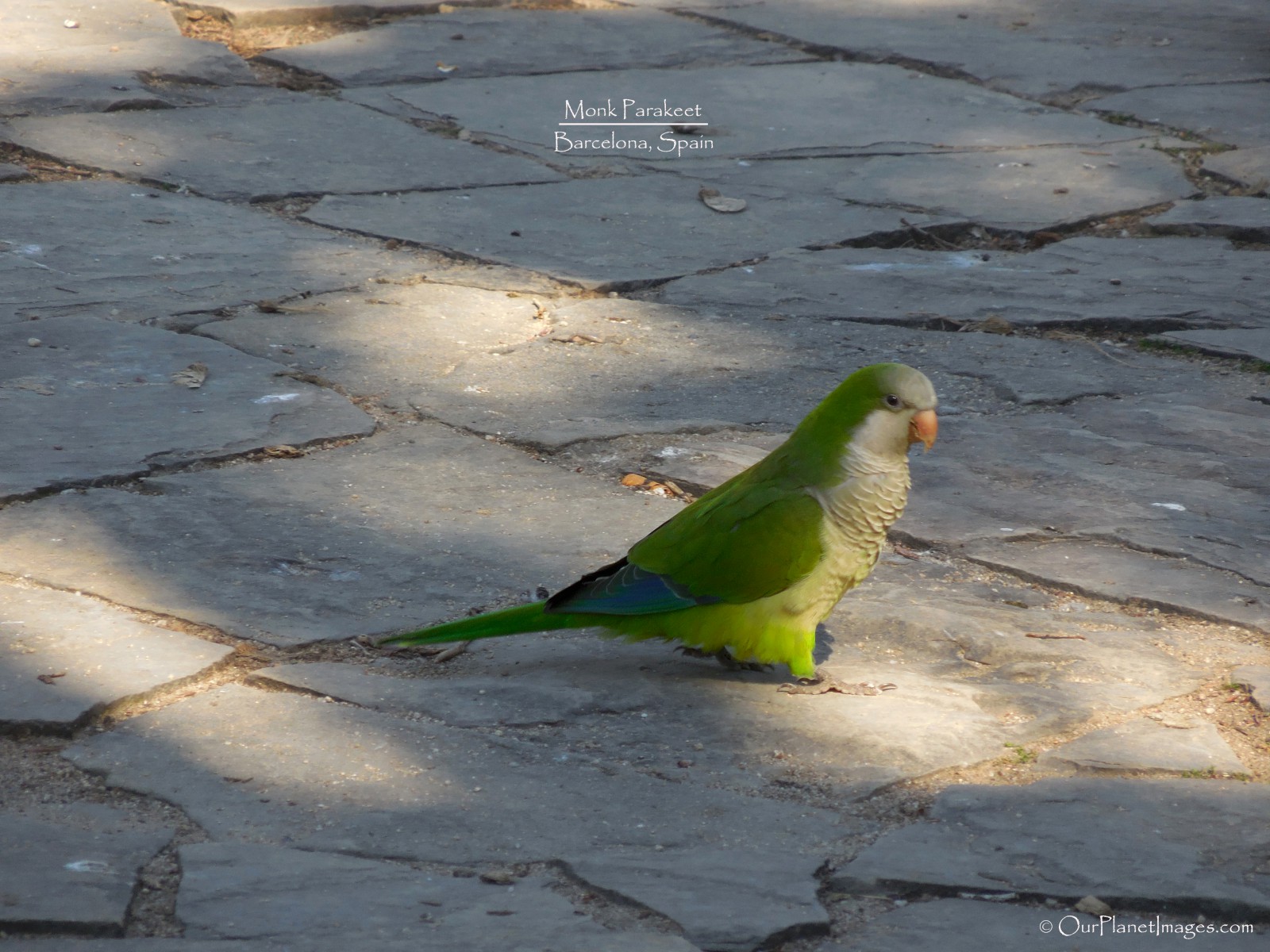
The most common place to see Monk Parakeets are in the city parks but I have also seen them on the city sidewalks when they were trying to get a drink from a water puddle.
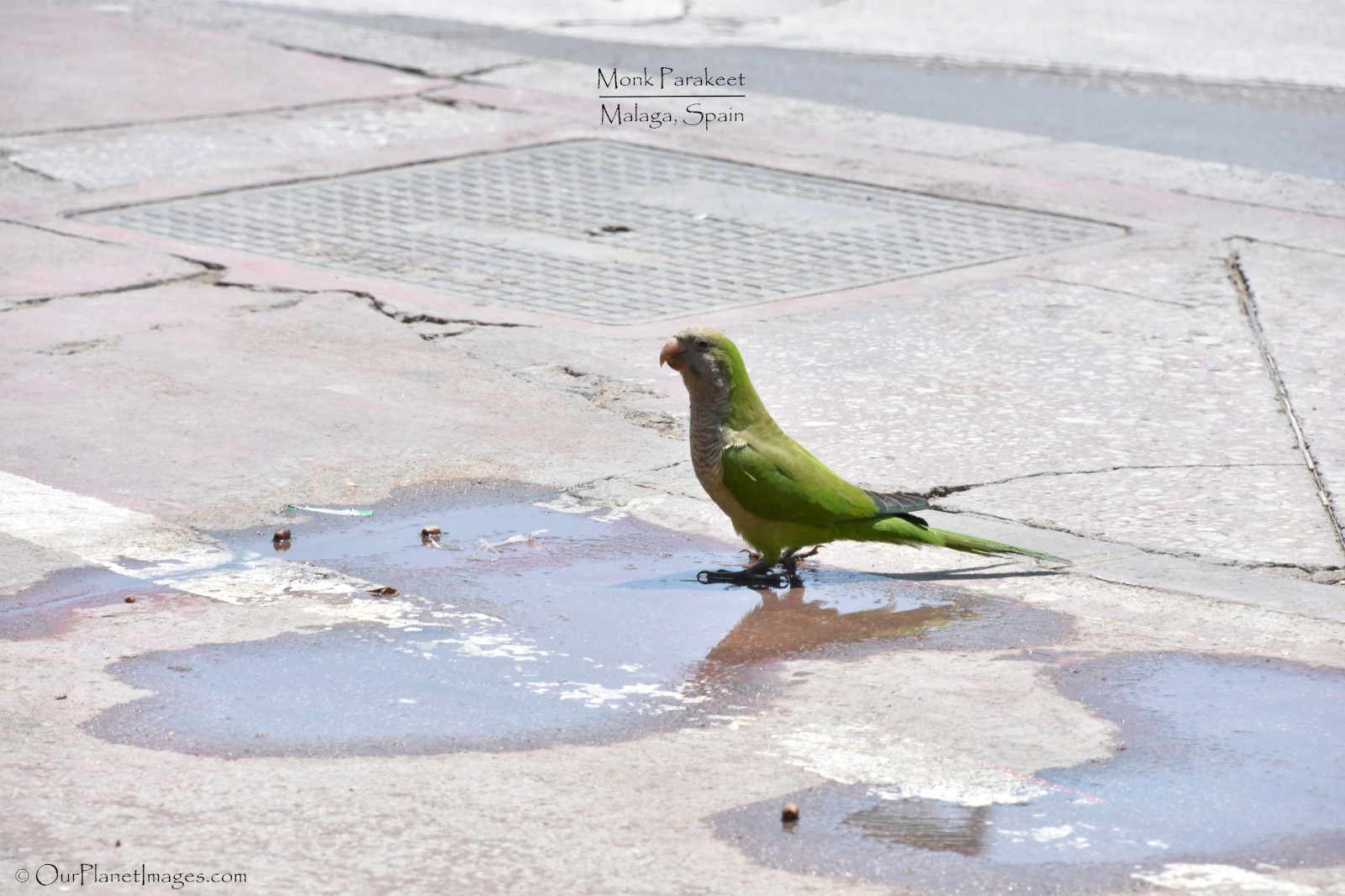
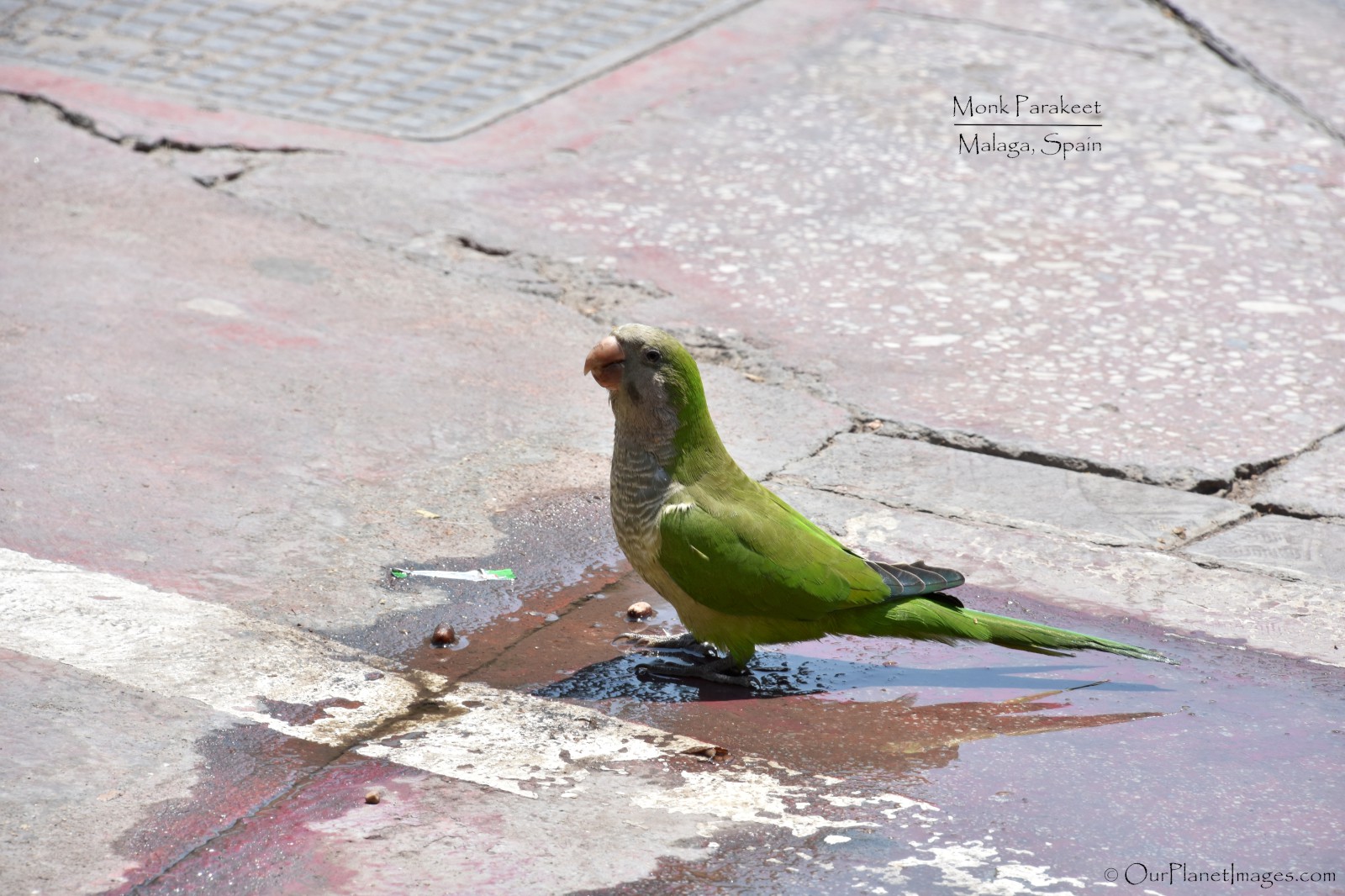
Monk Parakeets are the only parrots that build a stick nest rather than using a hole in a tree. They commonly build their nests in heat producing electrical equipment on top of utility poles which helps them to survive in cold climates.
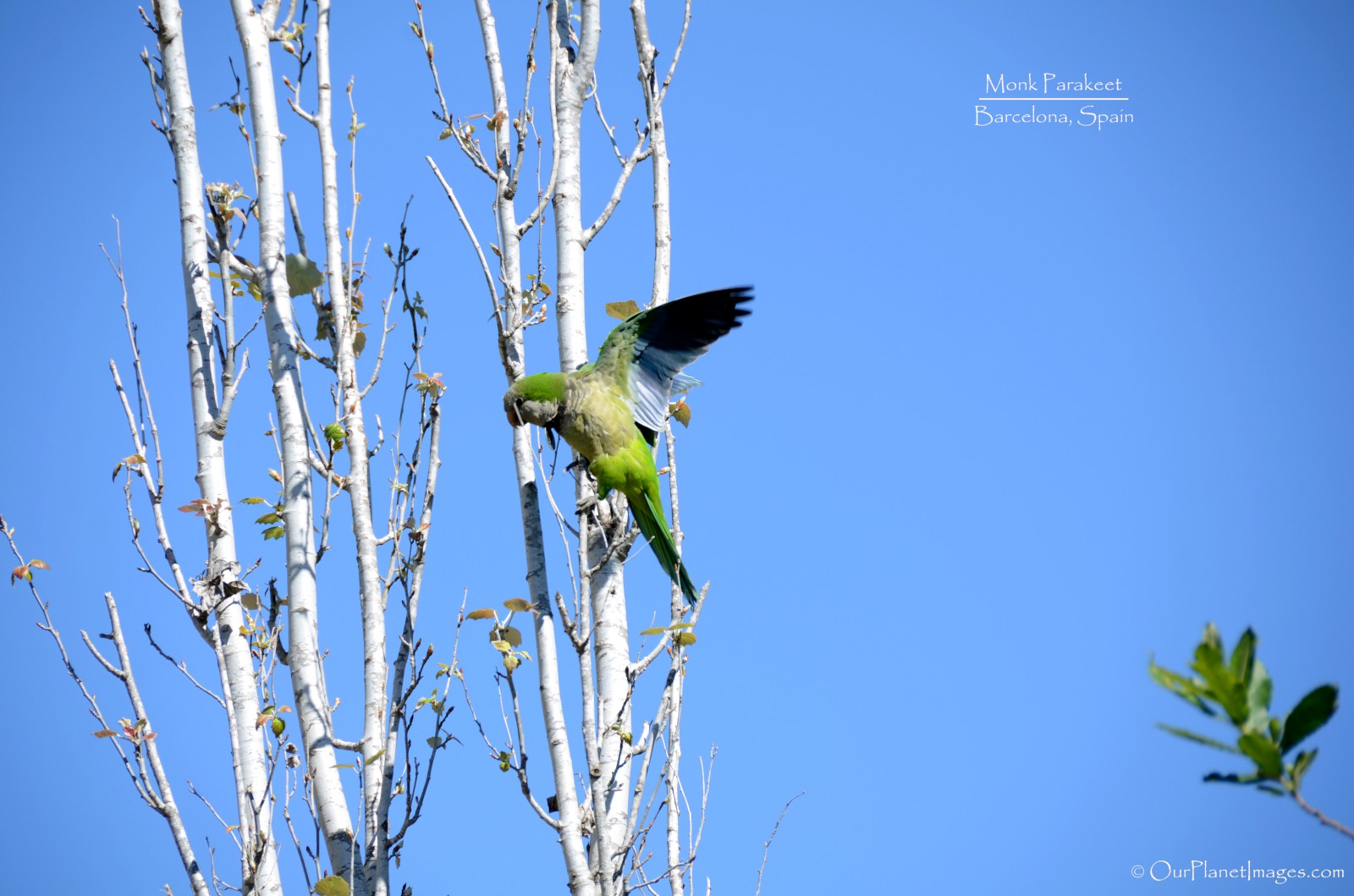
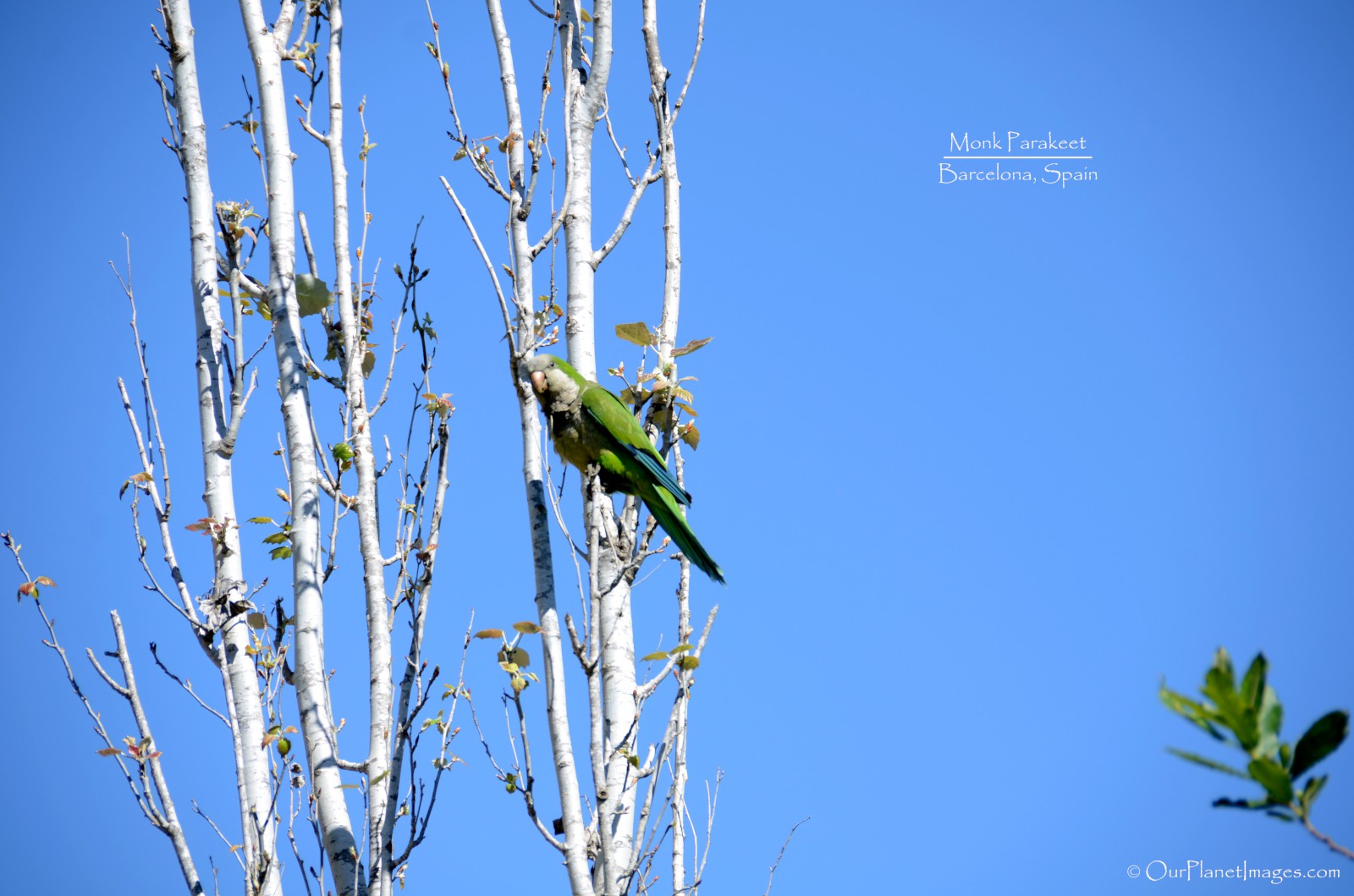
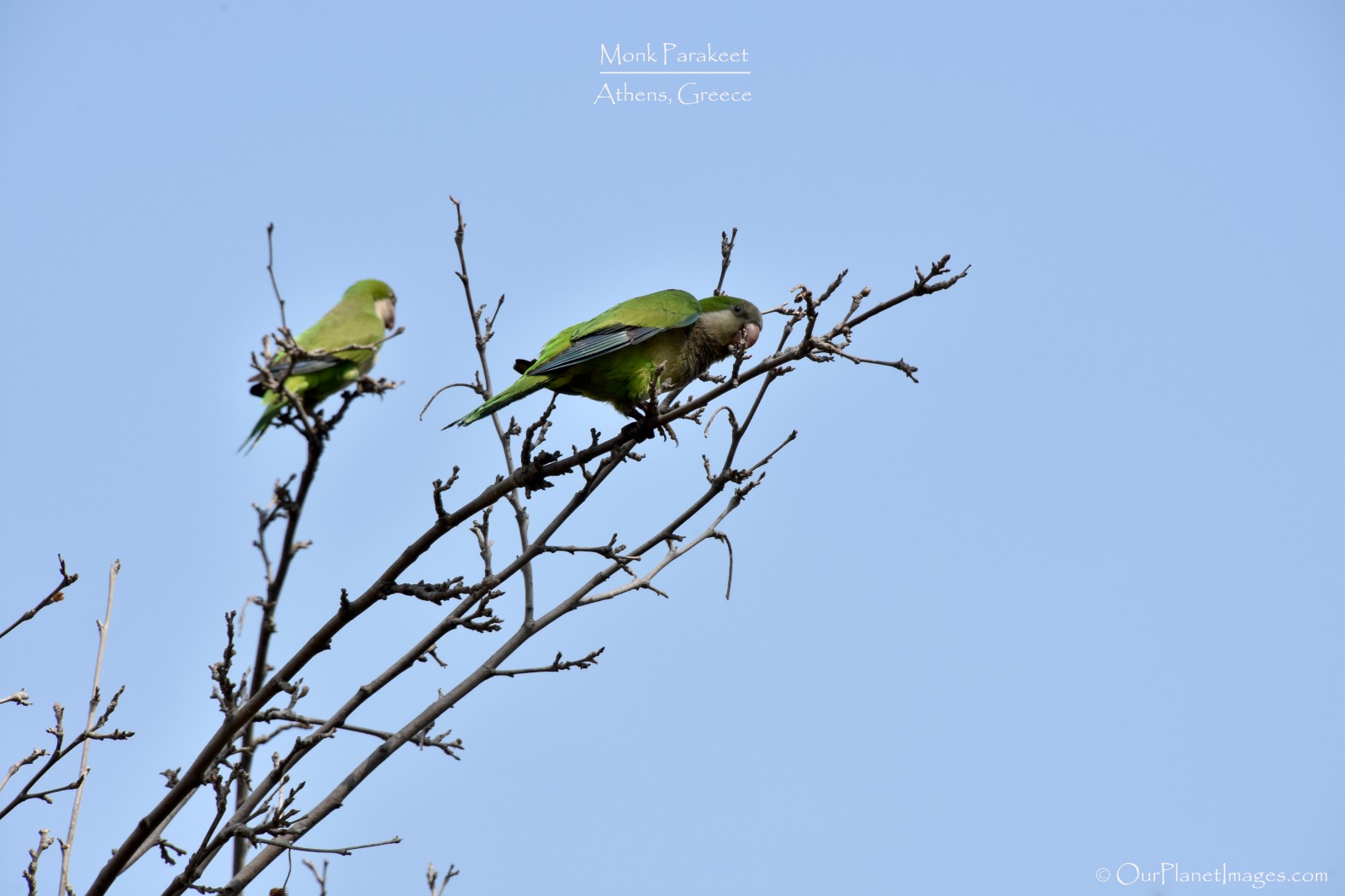
Monk Parakeets are highly intelligent and very social birds. When they are kept as pets they can develop a vocabulary of many words and phrases. Their speaking ability has made them a favorite bird to teach to talk and they are now more popular that the cockatiel.
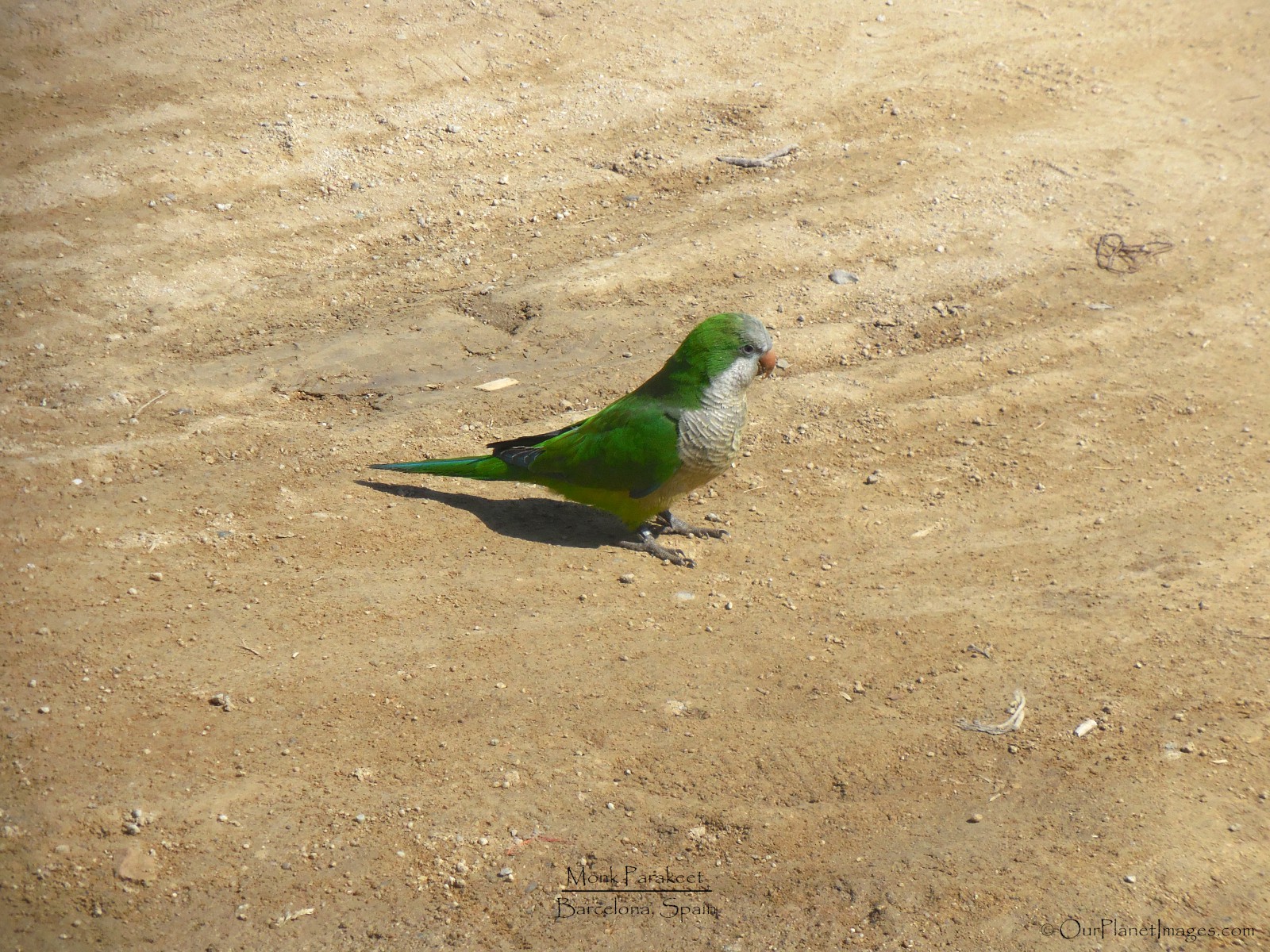
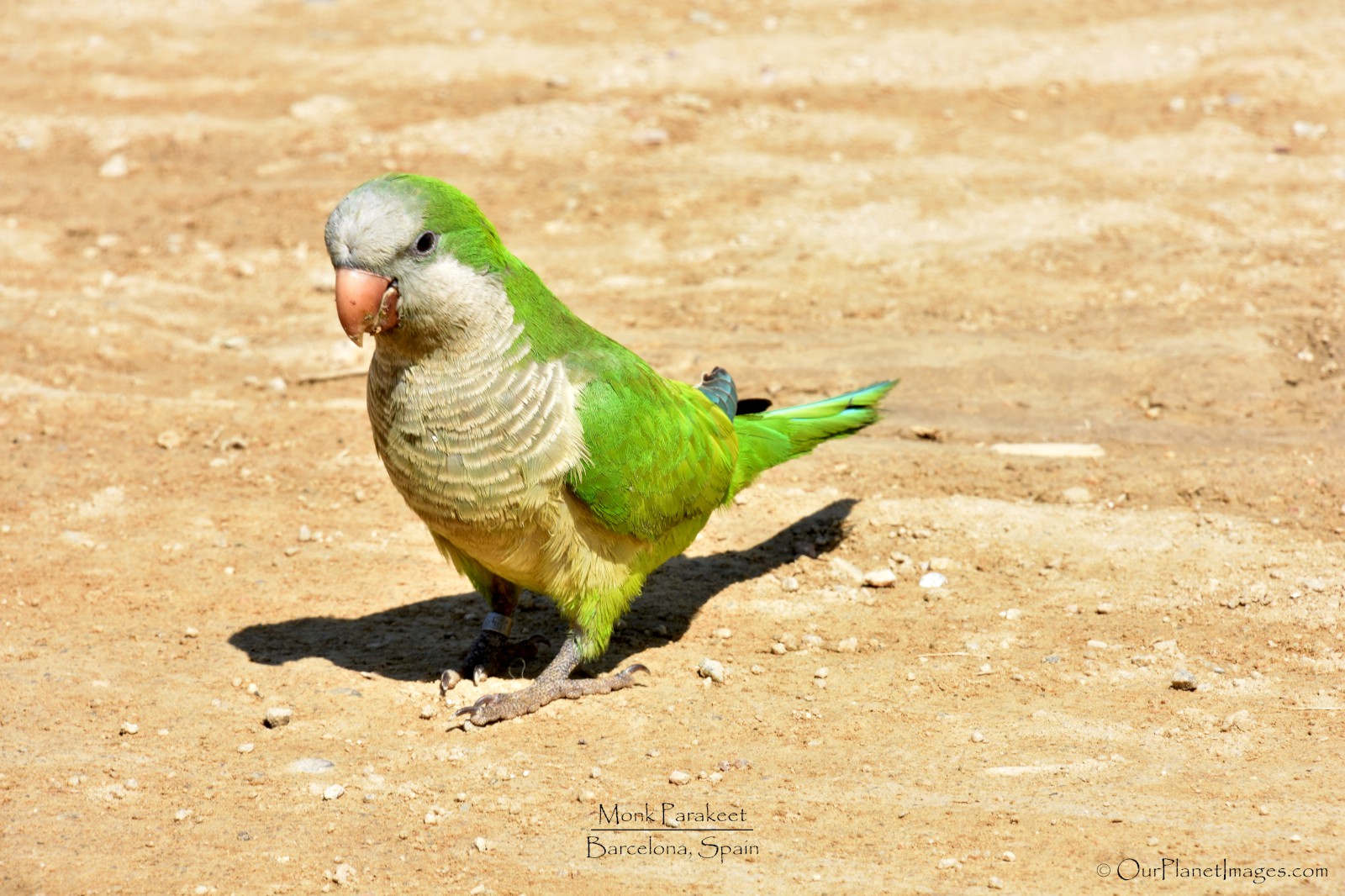
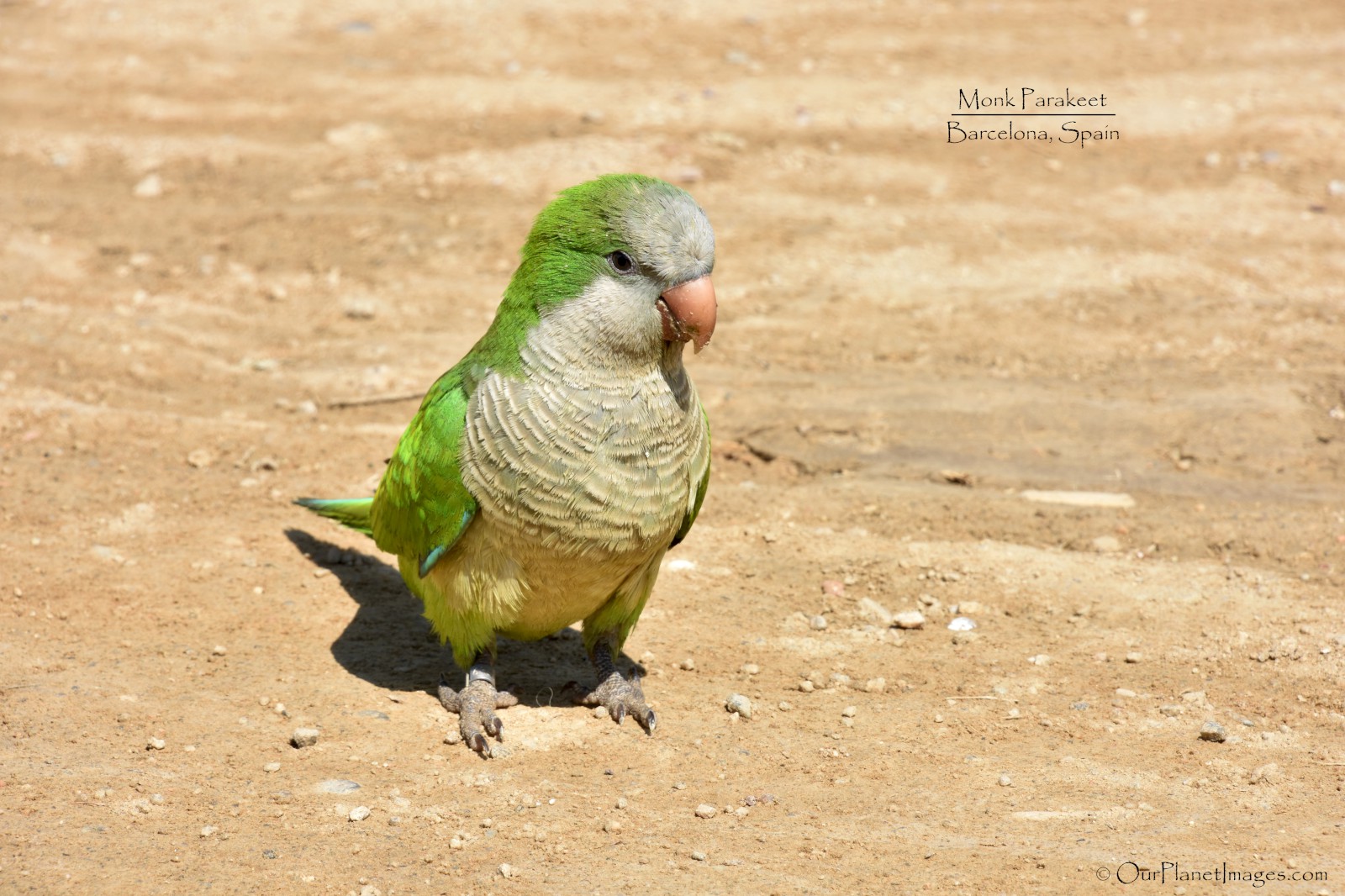
About this Bird
Family: Parrot
Location: Native to South America but can also be seen in North America and Europe.
Size: About 11 inches long with a wing span of about 19 inches and weighs around 3.5 ounces.
Diet: Feed on the ground and in trees. Their main foods are seeds, leaf buds, fruits, berries, nuts and blossoms.
Life Span: 15 -20 years
Interesting Fact: Monk Parakeets often live in colonies. They will build a single large nest with separate entrances for each pair. In the wild, a colony’s nest can reach the size of a small car.
Related Posts
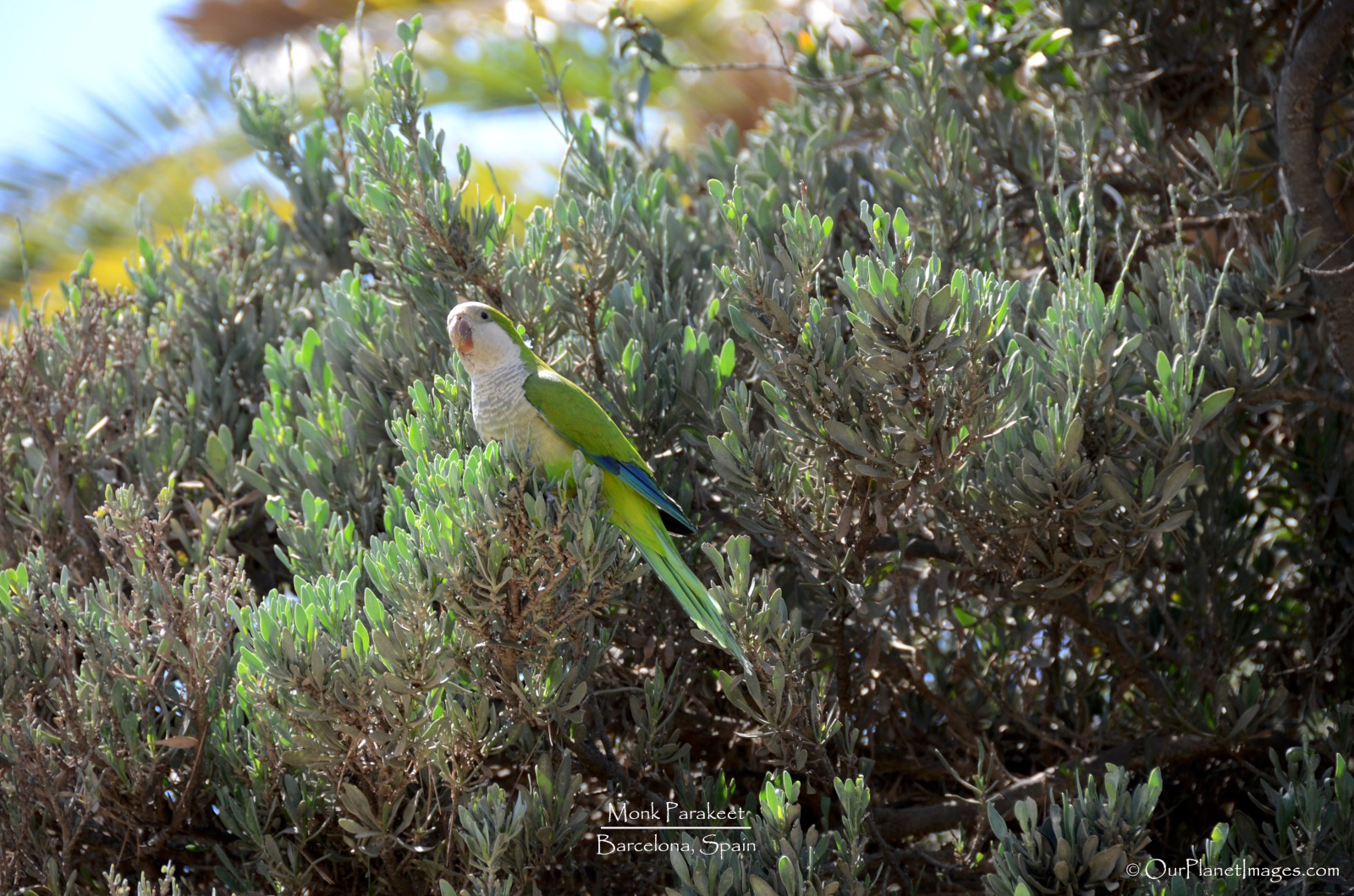
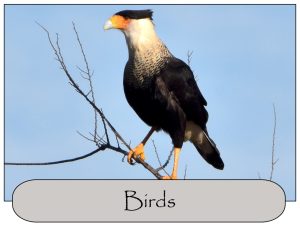
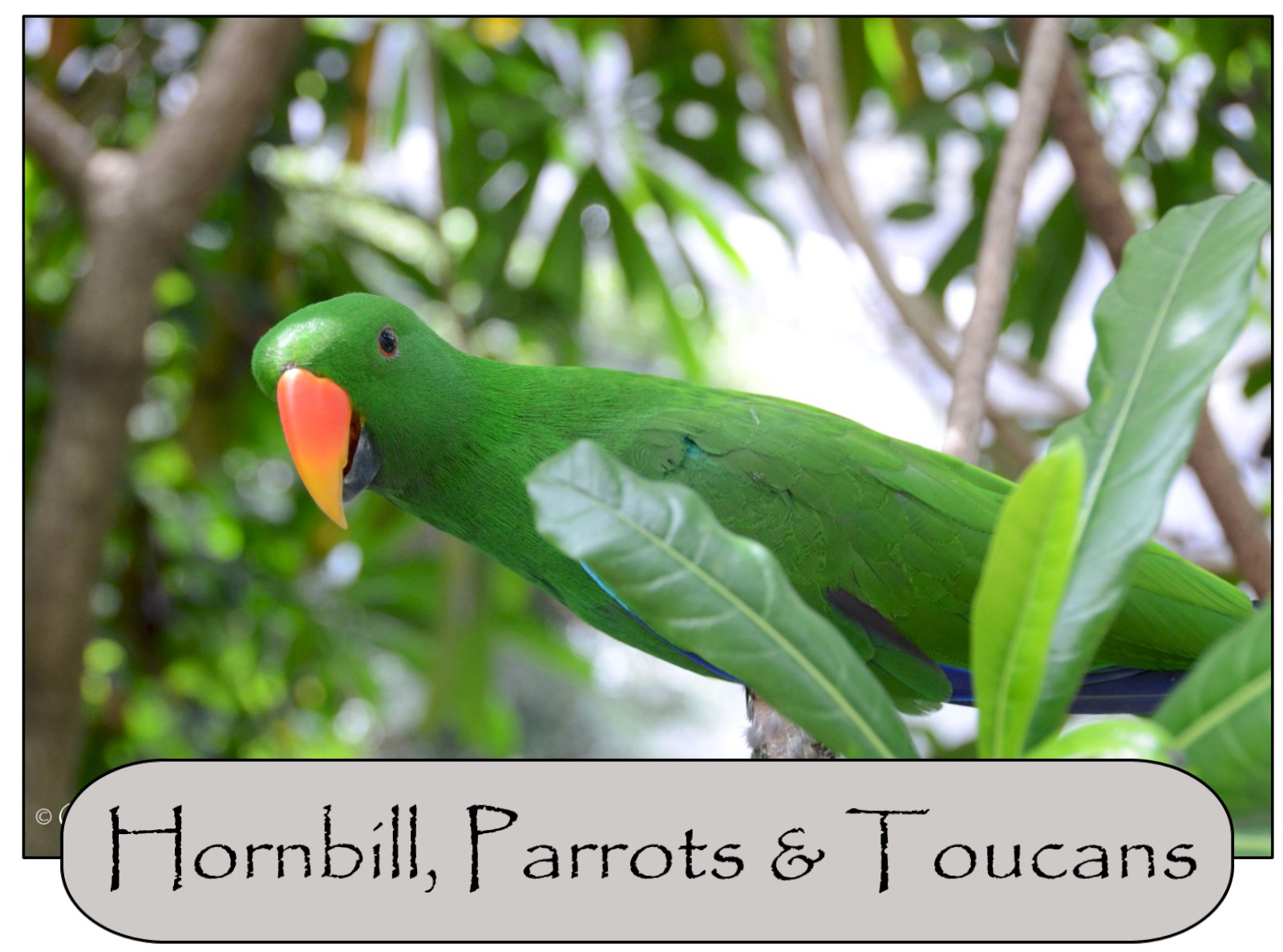
Saw one for about two weeks in West Harris County years ago. It acted like an escaped pet but never could get it to come close to us. It eventually moved on.